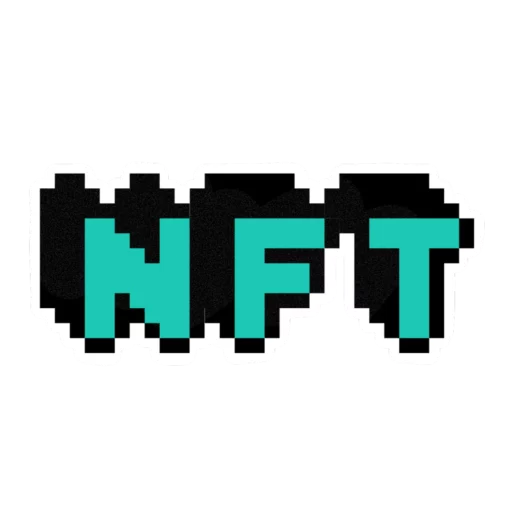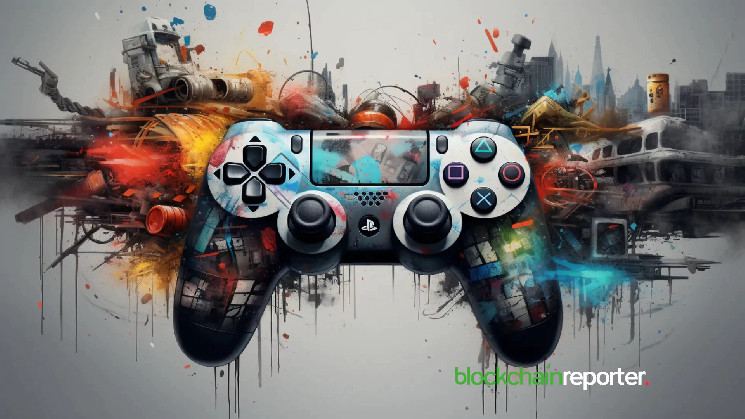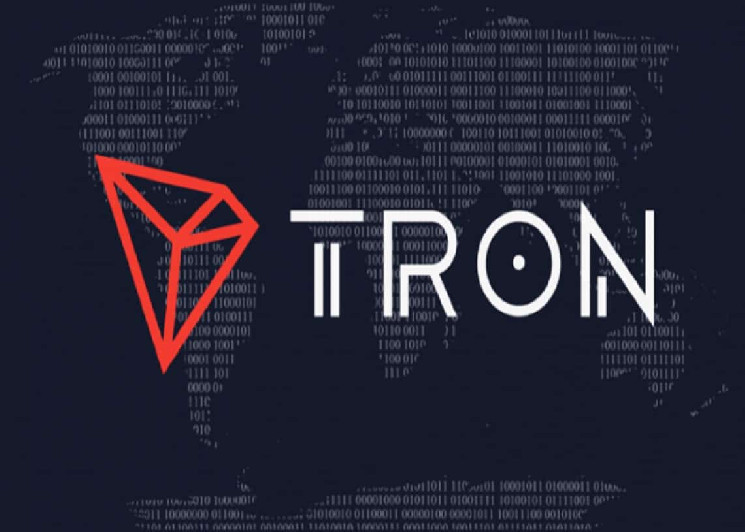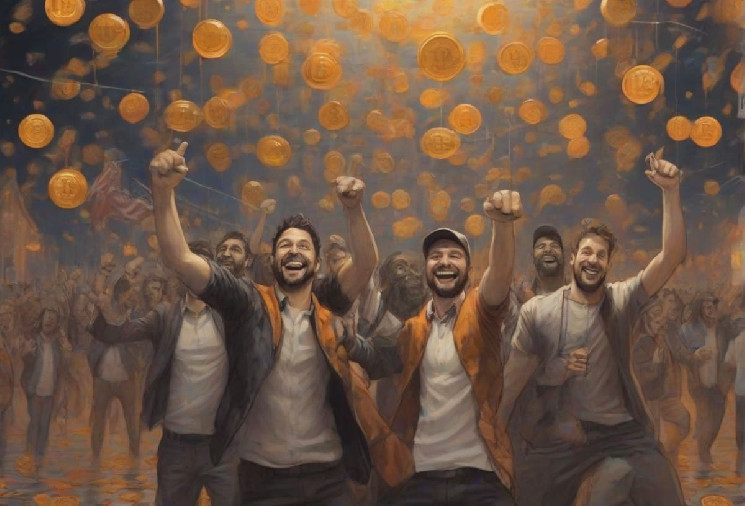In accordance with Vitalik Buterin, a key figure in Ethereum, the key to creating an open metaverse lies in combining various factors, similar to the approach taken by RACA with USM. This integration of different technologies offers unique experiences to the community.
Recently, Buterin has been vocal about the direction businesses are taking in the metaverse space. He believes that the original vision for expanding virtual reality has veered off course.
Similar to Buterin’s perspective, the RACA ecosystem is focused on fostering an open and community-driven metaverse that contributes to the growth of Web3, enabling users to unleash their creativity without limitations.
Buterin emphasizes the importance of integrating various components related to virtual space, including crypto assets, virtual reality, and elements of AI, for the metaverse to reach its full potential.
USM has established partnerships with DeFi protocols, universities, and artists to create a unique interconnected experience that bridges real-world aspects with the virtual realm. This immersive environment offers users the ability to explore new horizons with avatars, tools, and diverse products.
RACA serves the Web3 ecosystem and is backed by Consensys Mesh’s Tachyon accelerator, OKX Blockdream Ventures, and DWF Labs. Initially introduced as a bidding token alongside the Maye Musk NFT, RACA has evolved into a robust Web3 gaming platform.
The RACA token, which is the standard token for USM, hosts AI applications and games. It was founded by Elon Musk’s mother and the Koda NFT community.









